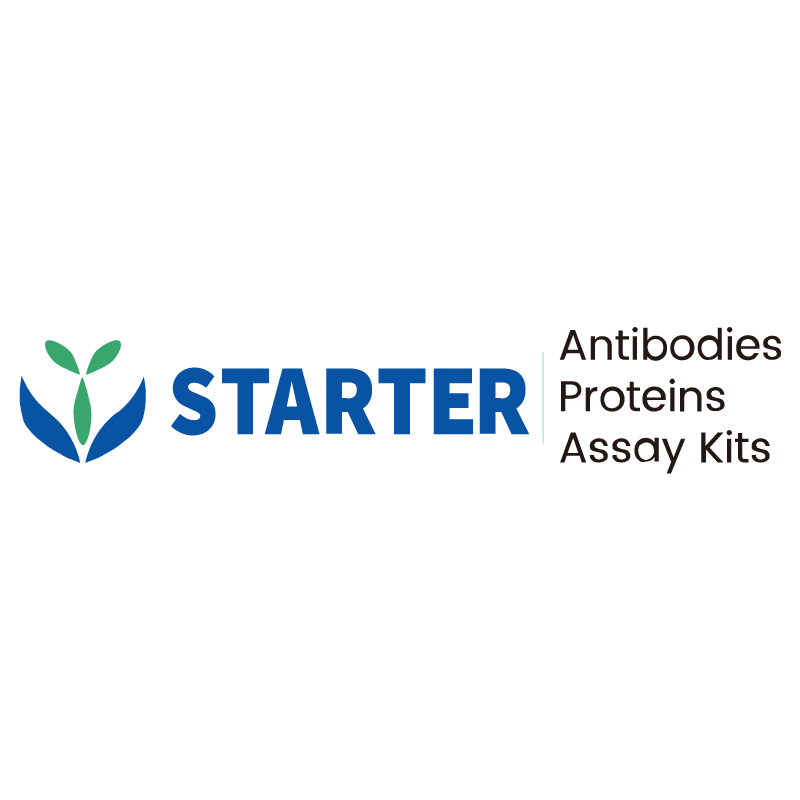Flow cytometric analysis of Human Peripheral Blood cells labelling Human CD226 antibody at 1/2000 (0.1 μg) dilution/ (right panel) compared with a Mouse IgG1, κ Isotype Control / (left panel). Goat Anti-Mouse IgG Alexa Fluor® 647 was used as the secondary antibody. Then cells were stained with CD3 - Brilliant Violet 421™ antibody separately.
Product Details
Product Details
Product Specification
| Host | Mouse |
| Antigen | CD226 |
| Synonyms | CD226 antigen; DNAX accessory molecule 1 (DNAM-1); DNAM1 |
| Location | Cell membrane |
| Accession | Q15762 |
| Clone Number | S-2879 |
| Antibody Type | Mouse mAb |
| Isotype | IgG1,k |
| Application | FCM |
| Reactivity | Hu |
| Positive Sample | Human Peripheral Blood cells |
| Purification | Protein G |
| Concentration | 2 mg/ml |
| Conjugation | Unconjugated |
| Physical Appearance | Liquid |
| Storage Buffer | PBS pH7.4 |
| Stability & Storage | 12 months from date of receipt / reconstitution, 2 to 8 °C as supplied. |
Dilution
| application | dilution | species |
| FCM | 1:2000 | Hu |
Background
CD226, also known as DNAX accessory molecule-1 (DNAM-1), PTA-1, or TLiSA1, is a transmembrane glycoprotein and a member of the immunoglobulin superfamily. It is expressed on the surface of natural killer (NK) cells, T cells, B cells, monocytes, and platelets. CD226 plays a crucial role in mediating cell adhesion, particularly between platelets and megakaryocytic cells to vascular endothelial cells, and it is also involved in the maturation of megakaryocytic cells. Structurally, CD226 contains two immunoglobulin-like V-set domains and has multiple glycosylation sites in its extracellular region. Its ligands include CD155 (PVR) and CD112, which are widely expressed on various cell types, including tumor cells, making CD226 an important factor in immune responses against cancer. Additionally, genetic variants of CD226 have been associated with autoimmune diseases such as type 1 diabetes and rheumatoid arthritis.
Picture
Picture
FC


